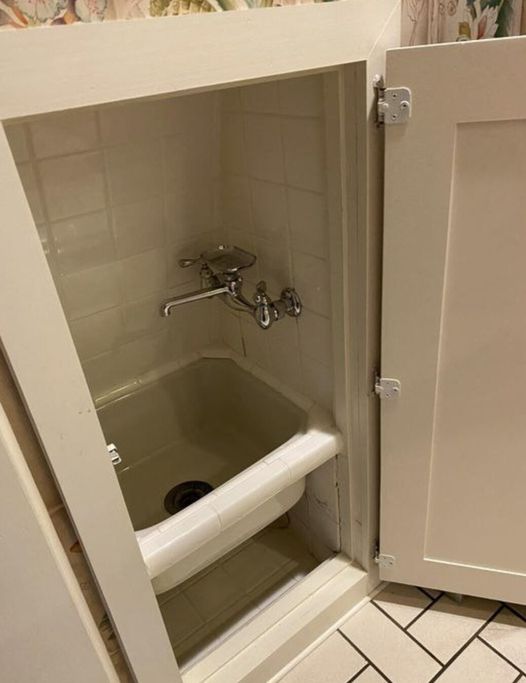In the realm of home design and architecture, certain features stand out for their unique blend of functionality and aesthetic appeal. One such example is the antique mopping sink, typically positioned at knee height. These charming sinks offer a fascinating glimpse into the history of household chores and domestic design.
The design of these vintage sinks was driven by practicality and efficiency. Constructed from robust materials like stone and early porcelain, they were intentionally placed lower to facilitate easy filling and emptying of mop buckets. This thoughtful design innovation not only showcased the emphasis on functionality but also demonstrated a consideration for the comfort and well-being of the household staff responsible for these tasks.

A closer examination of these antique mopping sinks reveals a rich history and cultural significance. Often located in utility areas or back halls, they were deliberately positioned out of sight from the main living spaces. This separation of domestic work from the rest of the household reflects the social dynamics of the time.
Beyond their practical applications, these vintage sinks are also notable for their exquisite craftsmanship. Many feature intricate designs, ornate detailing, or inscriptions, elevating a functional item into a piece of artistic significance. The use of durable materials in their construction has ensured that these sinks have endured for generations, cherished today as unique historical artifacts or repurposed as decorative elements in modern homes.

These antique mopping sinks serve as a window into the past, offering valuable insights into the domestic routines and social dynamics of bygone eras. They remind us that home design is constantly evolving in response to changing household dynamics and social status. For historians, architects, and antique enthusiasts, these sinks are more than just relics of a bygone era – they are symbols of a unique approach to functionality, design, and social space within the home.”


